The Article
NODE STREAMER FROM BLUESOUND
2nd August 2022
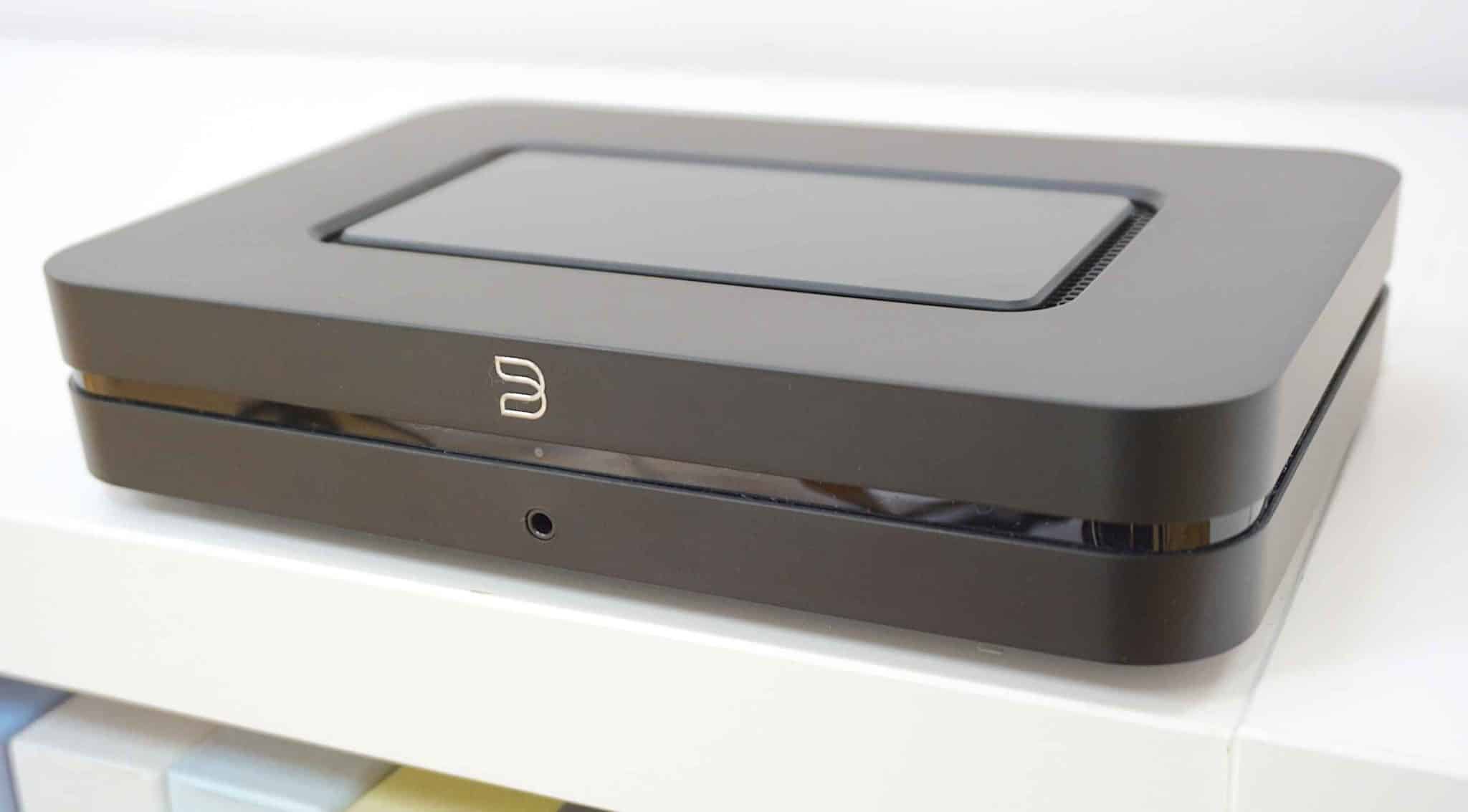
Bluesound describes it as, a wireless, multi-room hi-res music streamer. Paul Rigby just says, “Node”. And lets it be
I was a bit late to the party when I reviewed the last incarnation of this product. That was back in December of 2019 and I liked that little box very much indeed. In fact, I gave it an award-winning rating.
Back then, the 2i was £499. At least it was when I tripped over it but now the new Node is £549.
Considering what’s happened to the world in the meantime and how prices have leapt upwards, then upwards, then upwards again, to be able to buy the new Node at just £50 extra is quite remarkable. Especially when you would assume that Bluesound may – should – have improved matters in terms of sound and design.
So a virtual pat on the back to the company for that one.
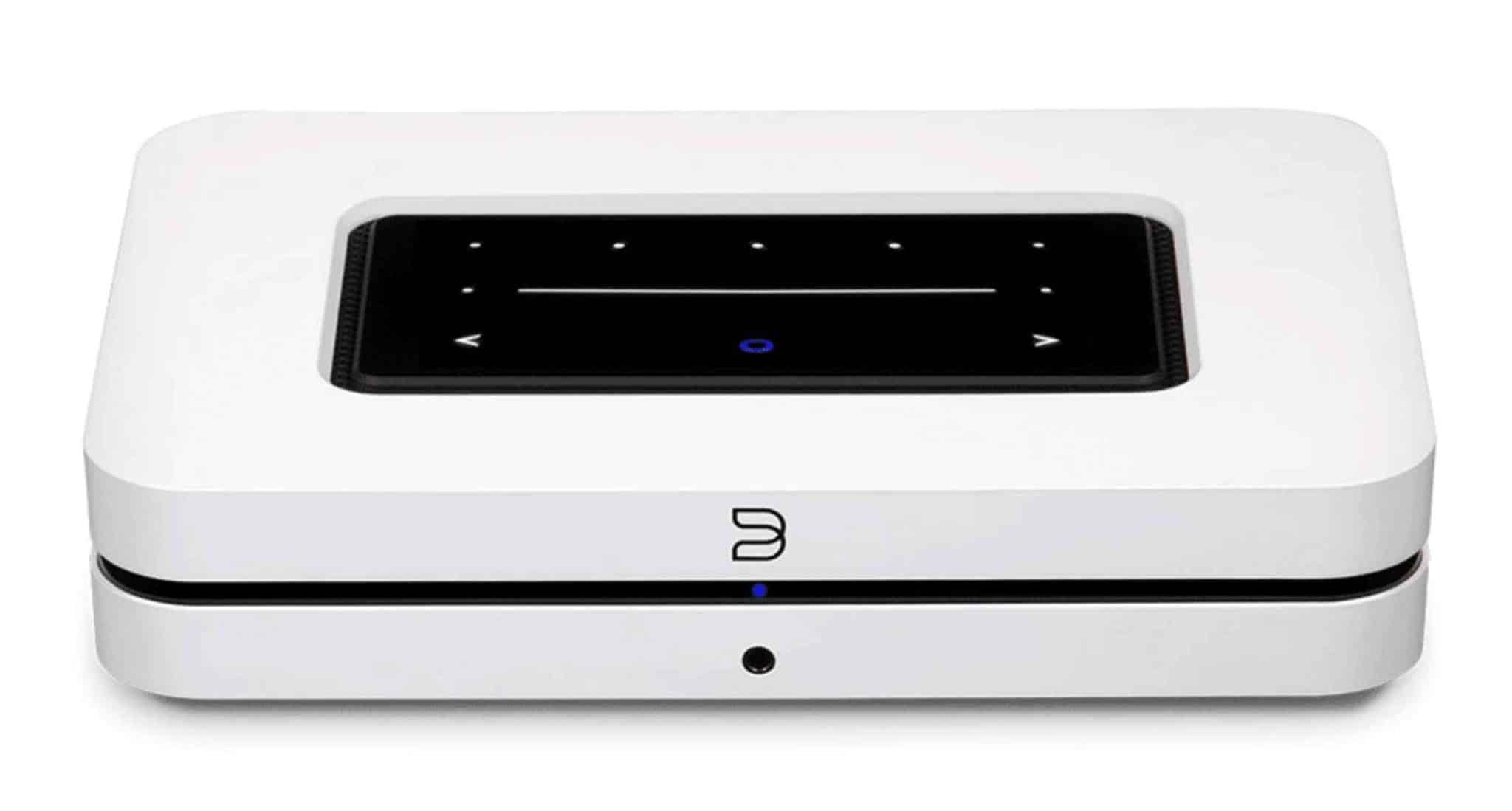
I wonder if Bluesound has re-arranged the furniture on this one and possibly re-arranged the parts too, maybe adding efficiencies and extra goodies? Why do I say that? Well, this chassis is exactly the same size as the 2i but the Node is heavier. The 2i weighed in at 1.12kg. The new Node hits 2.28kg.
The front of the chassis remains the same with a status light (offering a variety of information via its coloured feedback illuminations, the manual provides a full key to what flashing blue means or purple or alternating red and green and the like). You get the same 3.5mm headphone socket too.
The top plate features a touch screen area that does register changes from the earlier 2i. The latter offered play/pause, volume up/down and previous/next track. The Node repeats that but adds five presets (although you must configure them with the attendant app – I’ll get to that in a moment).
The rear of the Node is almost exactly the same as the earlier 2i. That means, running from the left, a pair of RCA outputs, a coax output and a subwoofer output.
Moving to the right, we find an optical port and then three smaller ports handling optical in, trigger out and IR in (for programmable remotes, it’s an extender).
To the right of that lot is an Ethernet port that sits above a USB A port so you can plug in a music-loaded USB stick.
This is where the ‘almost exactly’ bit comes in because, instead of the Service ports to update the firmware, you’ll find a HDMI eARC port instead to enable you to connect this box you your TV.
INSTALLATION
While you can operate the basic functions of the Node from the top plate, the meat and potatoes, everyday control of the Node is undertaken by the downloadable app. You can use a physical remote control but you’ll need to buy that separately for £49.
Some users out there will baulk at this and declare that the remote should have been bundled as part of the package but if that would have added £50 or more to the basic Node price then I’m happy that there’s an option to add value to the basic Node system or to save yourself a few extra pennies.

Once on my phone (an Apple device), the set up of the Node was surprisingly easy. I say surprising because I remember having no end of trouble installing the app on the earlier 2i. I recall that my Wi-Fi refused to see the 2i so I ended up using the 2i in wired mode, exclusively. It would have been nice to have had the option though.
For the Node? I had absolutely no issues. The app loaded first time, Bluetooth was connected in seconds and, although I had to jump through a couple of app-related install hoops, the app was full installed and ready to use in under five minutes.
So that – at least for me – was a definite improvement, right there and then.
The app is straightforward to use and includes a host of music services, as you might expect. Everything from Qobuz to Amazon, Napster, Tidal Spotify and more. I was most surprised to see Neil Young’s online music service listed, which was a nice touch and one I’ve never seen before as a default option from an app like this.
SOUND QUALITY
I selected Amazon Music and played Kate Bush’s Running Up That Hill because that’s what everyone seems to be doing at the moment but hey, I’ve always liked Ms Bush. Ever since she scared the British public half to death when she offered us those famous TV performances of Wuthering Heights. A true artist is our Kate. Anyone who can right a song with the infinite numbers of Pi as the lyric, has my vote. But back to the plot.
Now this first point is also a general tip but it’s just as important for the Node. If not more so. This box will produce a satisfactory audio output via Wi-Fi but if you want a sense of quality from the Node then I highly recommend hooking it up to the wall and listening in wired mode via Ethernet.
I tried both. WiFi mode was good. It offered a wide soundstage which impressed me from the off. The music was stretched far left and right. The soundstage really did feel like a ‘stage’.
Bass was reasonably good without being great. It was nimble, fairly precise and full of impact but lacked weight and prevented a sense of balance overall. The mids and treble were focused and full of information but the upper mids especially were dangerously close to being clinical. They were distinctly cool, put it that way.
Moving to wired via the rear-mounted Ethernet port and the difference was obvious. The bass was the principle beneficiary here with a larger, beefier, more characterful presentation adding useful balance to the song itself and a sense of weight and presence which it desperately needed.
The mids were also better controlled, especially during crescendos with a more mature feel to the upper frequencies as a whole. Both Qobuz and Amazon benefitted from the change, playing the same Kate Bush track.
I then grabbed my Astel&Kern Kann Alpha and connected Tom Waits to the Node via Bluetooth aptX HD and played Tom Traubert’s Blues and the very witty comment on consumer culture, Step Right Up and was happy to hear a broadly balanced output with only a slight lift around the upper mids and treble (no surprise as this is still a relatively compressed stream) but a presentation that was certainly listenable, especially for a basic stream. Bass, in the meantime was there in sufficient quantities to provide an admirable balance. The Node allowed Bluetooth to become a viable music source instead of an encumbrance and something to be tolerated.
So far so good then. Next up? I connected a USB stick and played David Elias’ Vision of Her at 24bit/88.2kHz. This is a singer-songwriter, man and a guitar thing and it sounds very nice indeed.
This source also shows how much better the Node sounds via non-streamed music when a source file has to travel the networks of the world. When you can inject music directly from a device using a single connection, the Node takes note, as it where.
This track offered a relaxed, easy-going presentation with smooth mids, well disciplined yet firm lower frequencies plus a treble response that was simple yet delicate.
What pleased me about the differences was that I could hear those differences which means that the Node has headroom to illustrate these quality changes.
Listening to this track in particular via the headphone port and my Sennheiser HD660 S headphones I was happy to hear that the overall sonic quality and personality of the sound generally followed the speaker output. The only differences I could hear were possibly a slight lack in space and air but more detail and precision in the midrange and bass regions, which is a headphone ‘thing’ at this price point and no surprise.
CONCLUSION
The Bluetooth Node offers a small footprint but it packs in a host of digital-oriented features that will, for many, provide all they will ever need in terms of digital sources. Well, until the next big thing arrives on the scene, at any rate.
More than that, it processes the sound from each well providing a highly attractive sonic replay for each.
So should you upgrade from the Node 2i to the current model? Given the choice? I prefer this new design but any change from the 2i to the Node will largely be a sideways move so I would encourage you, if you’re in an upgrading mood, to at least double your budget if that’s what you have in mind.
On the other hand, if you have not yet purchased a digital front end or you currently use a lower-cost, budget model then the Bluesound Node will provide you with an easy-to-use and feature packed upgrade, bristling in quality sonics.
In short? The Bluesound Node does the job. It’s packed with value (an essential element all on its own nowadays) and sounds great.
BLUESOUND NODE STREAMER
Price: £549
Website: www.bluesound.com
GOOD: value for money, feature packed source options, general sound quality, small footprint, installation, app
BAD: nothing
RATING: 8
REFERENCE
iPhone smartphone
iPad tablet
MacBook laptop
Aesthetix Calypso pre-amp
Icon Audio MB845 Mk.II monoblock amplifiers
Quad ESL-57 speakers with One Thing upgrade
Blue Horizon Professional Rack System
Harmonic Resolution Systems Noise Reduction Components

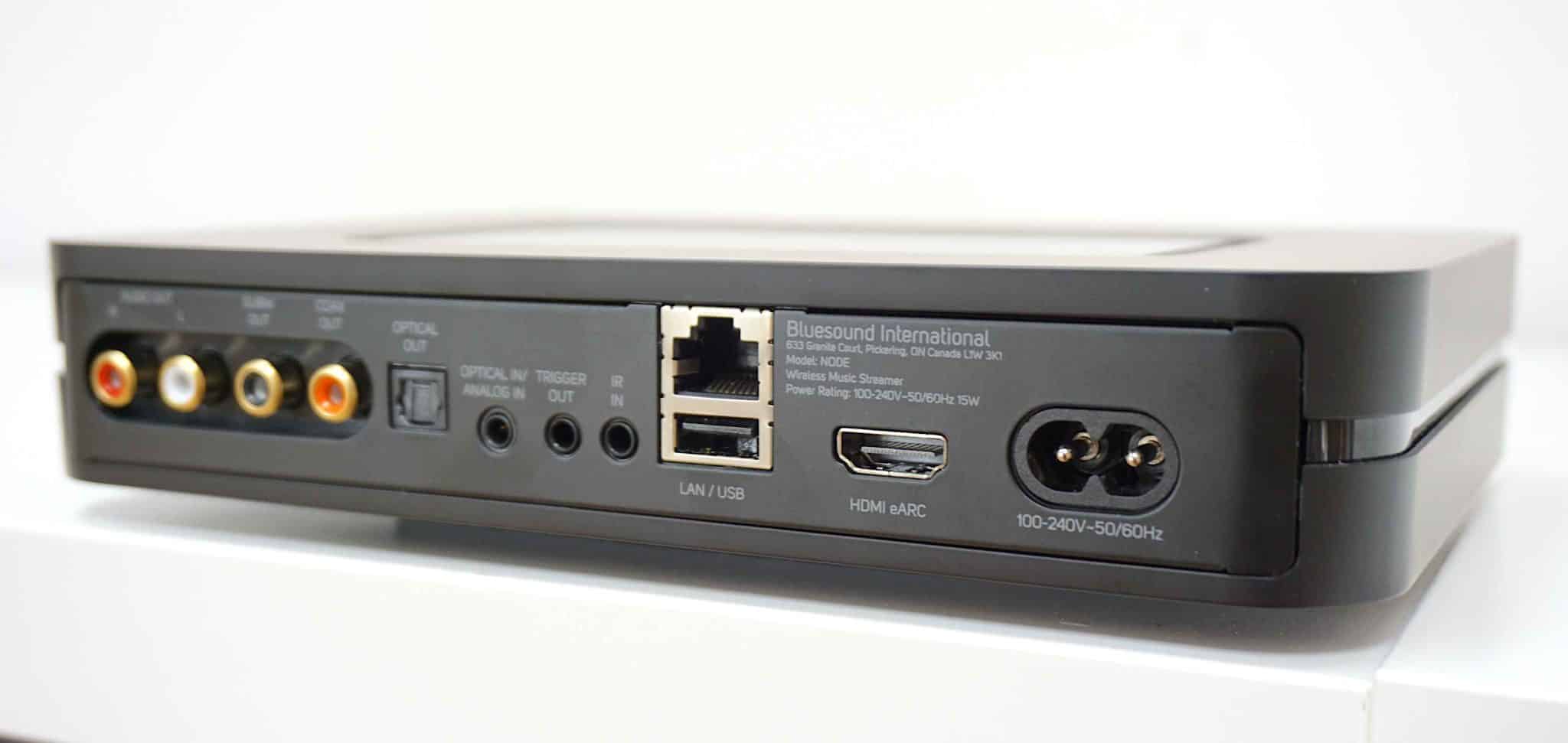
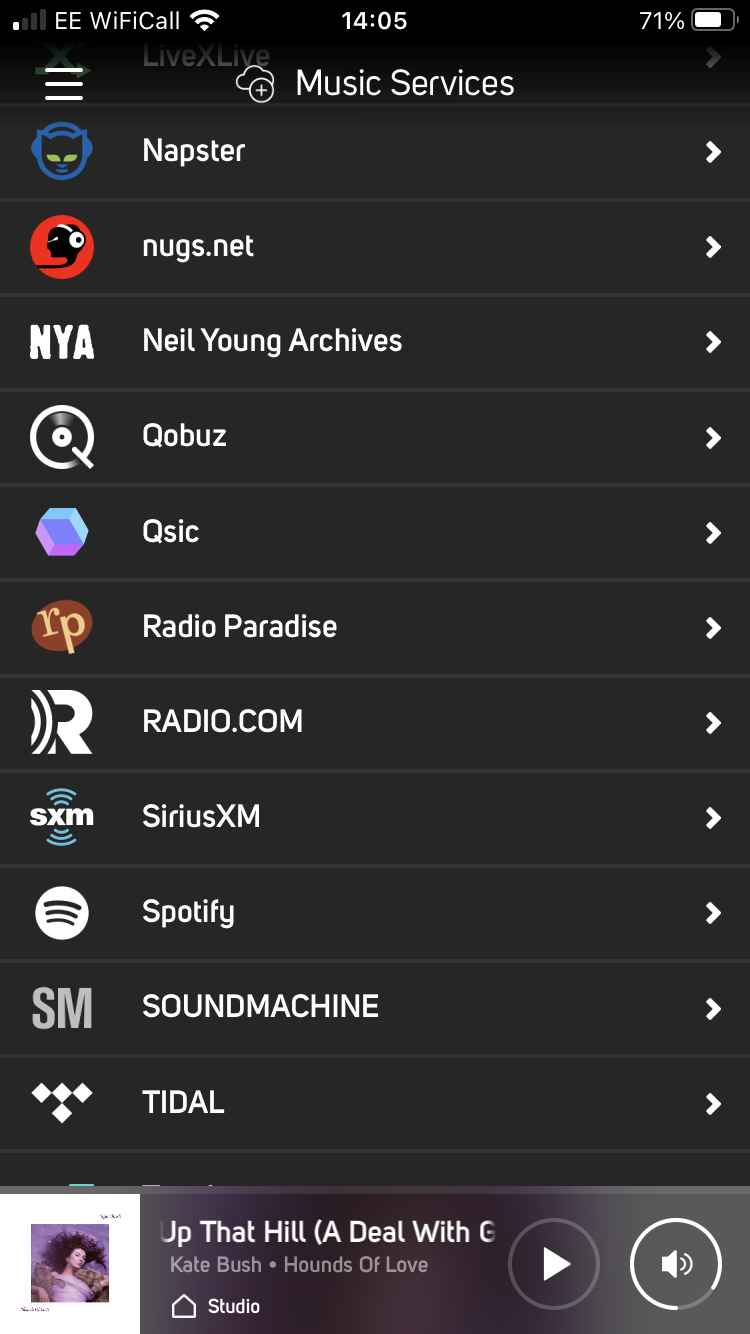
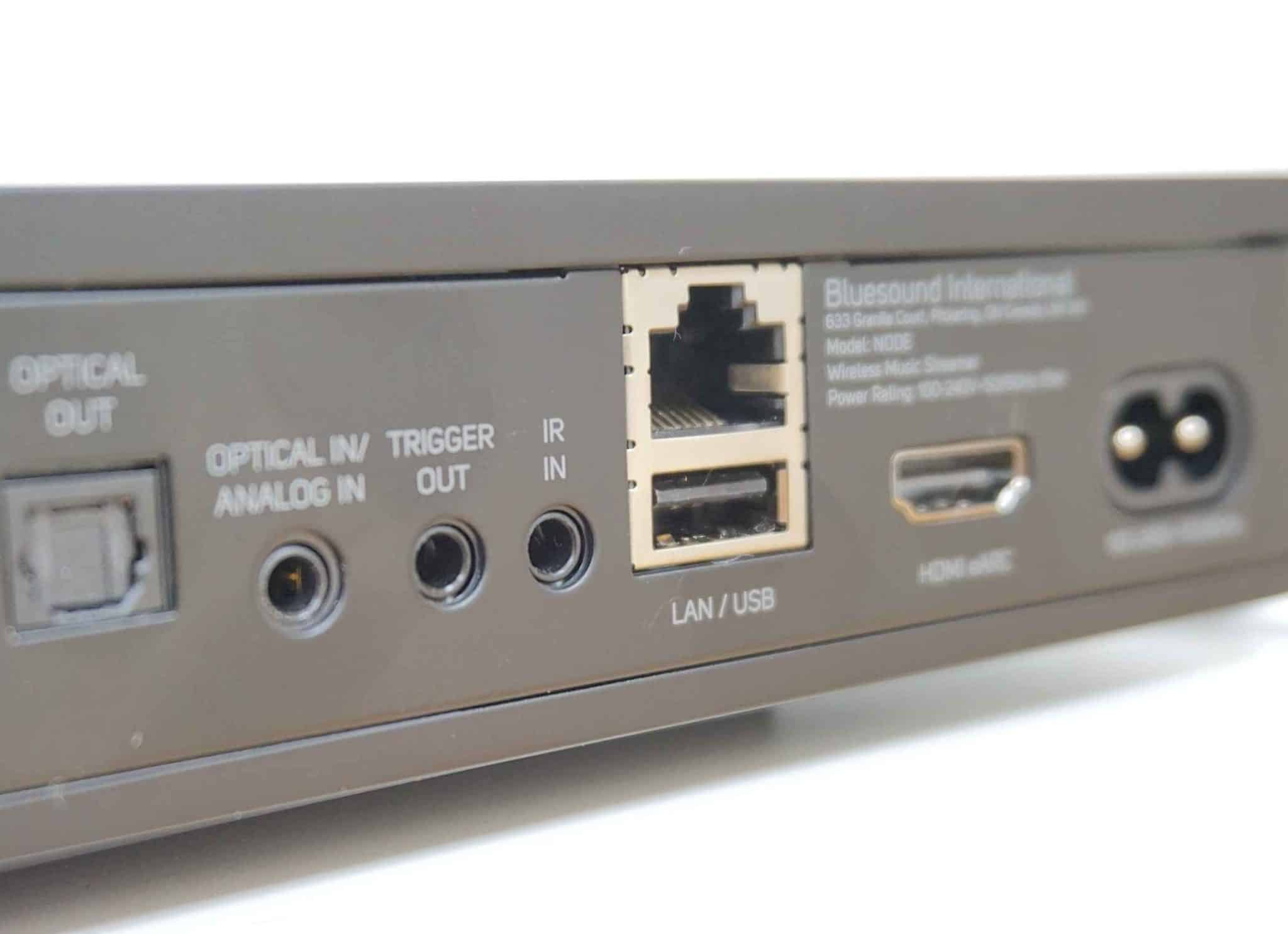
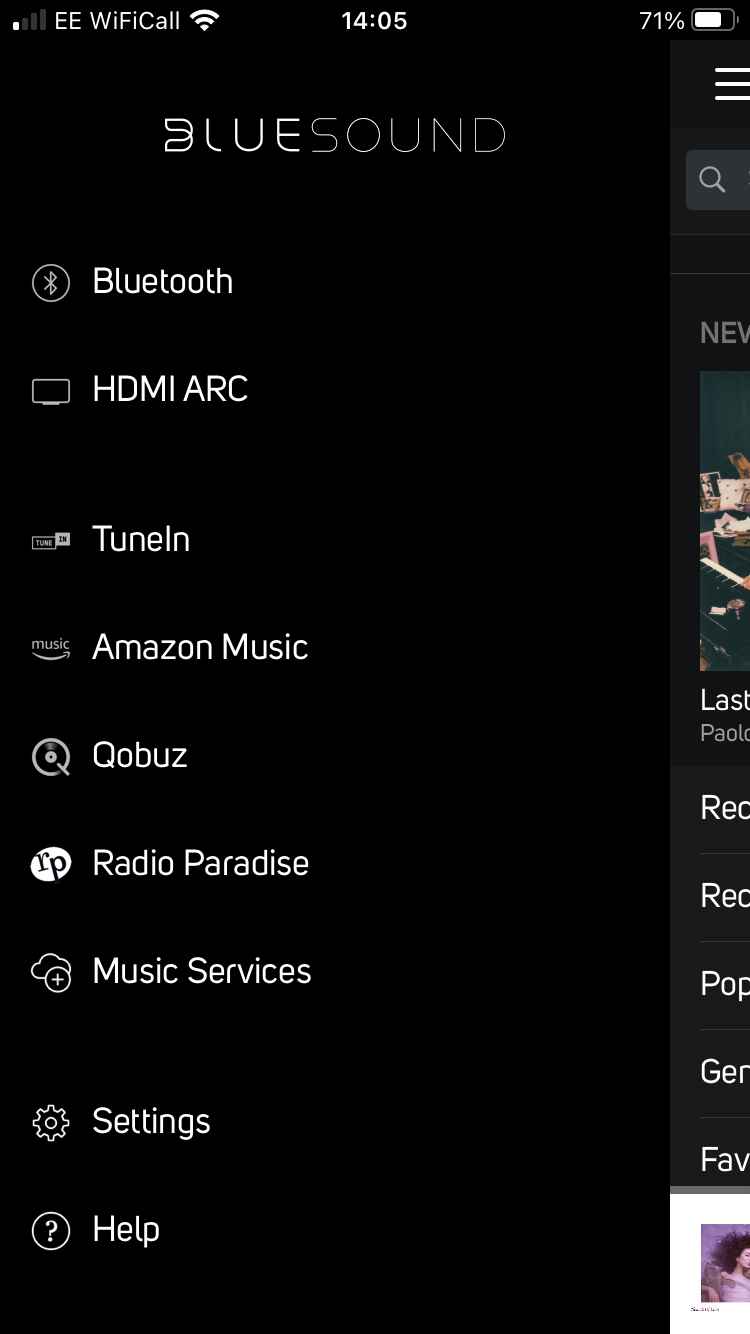
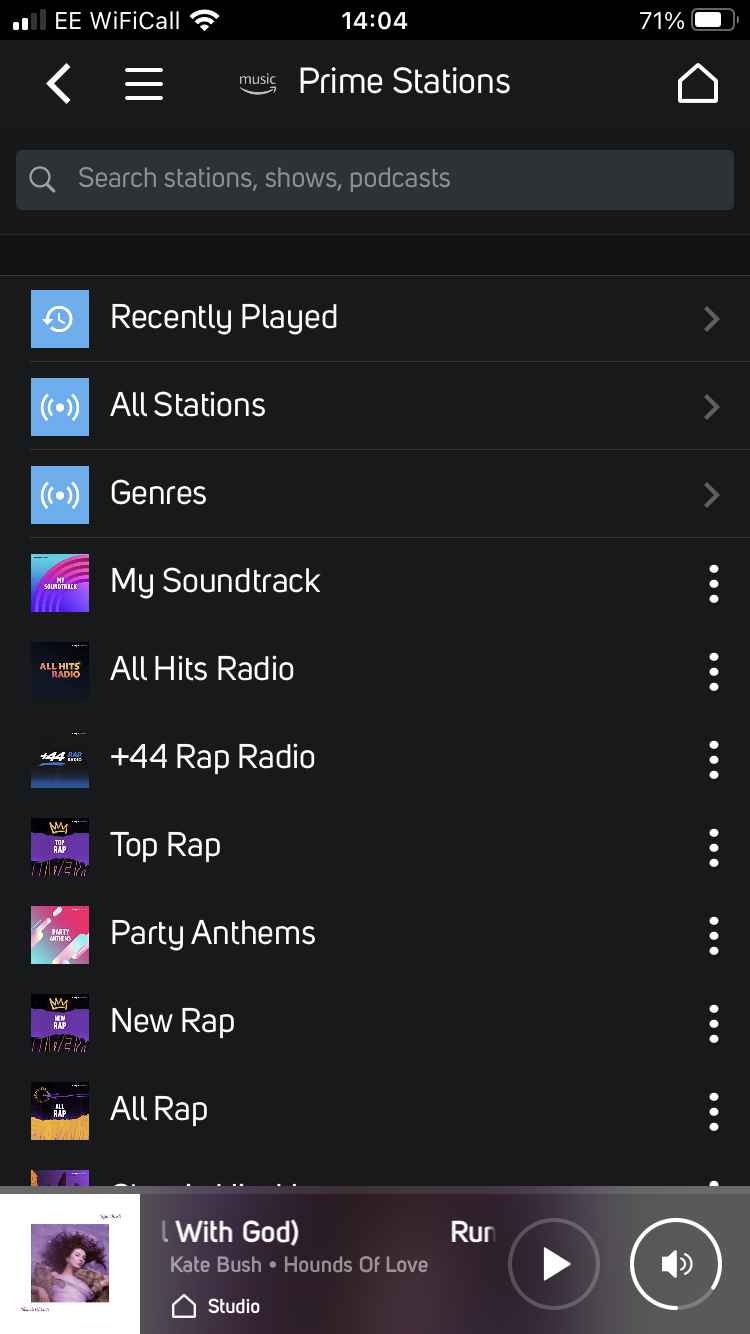
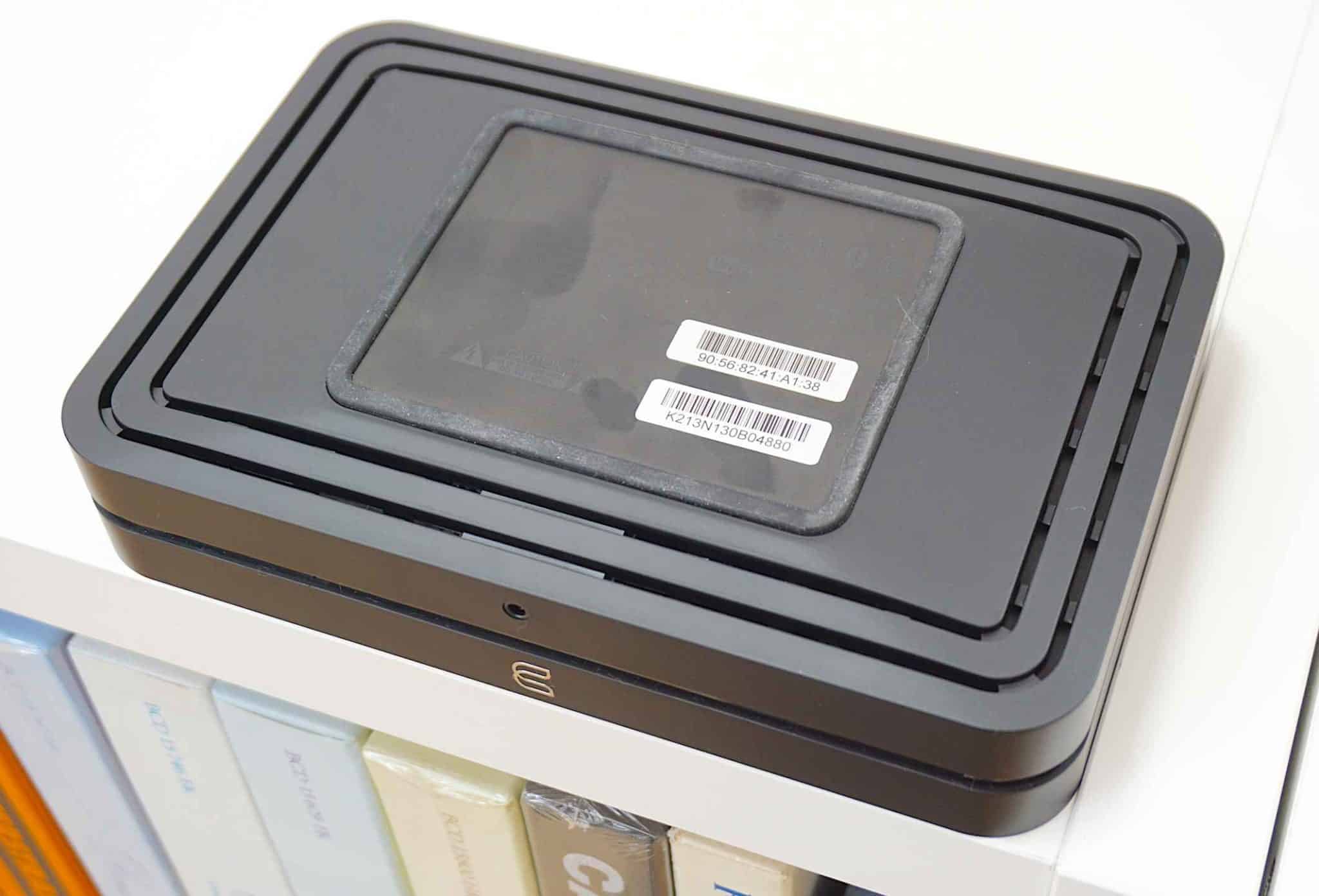
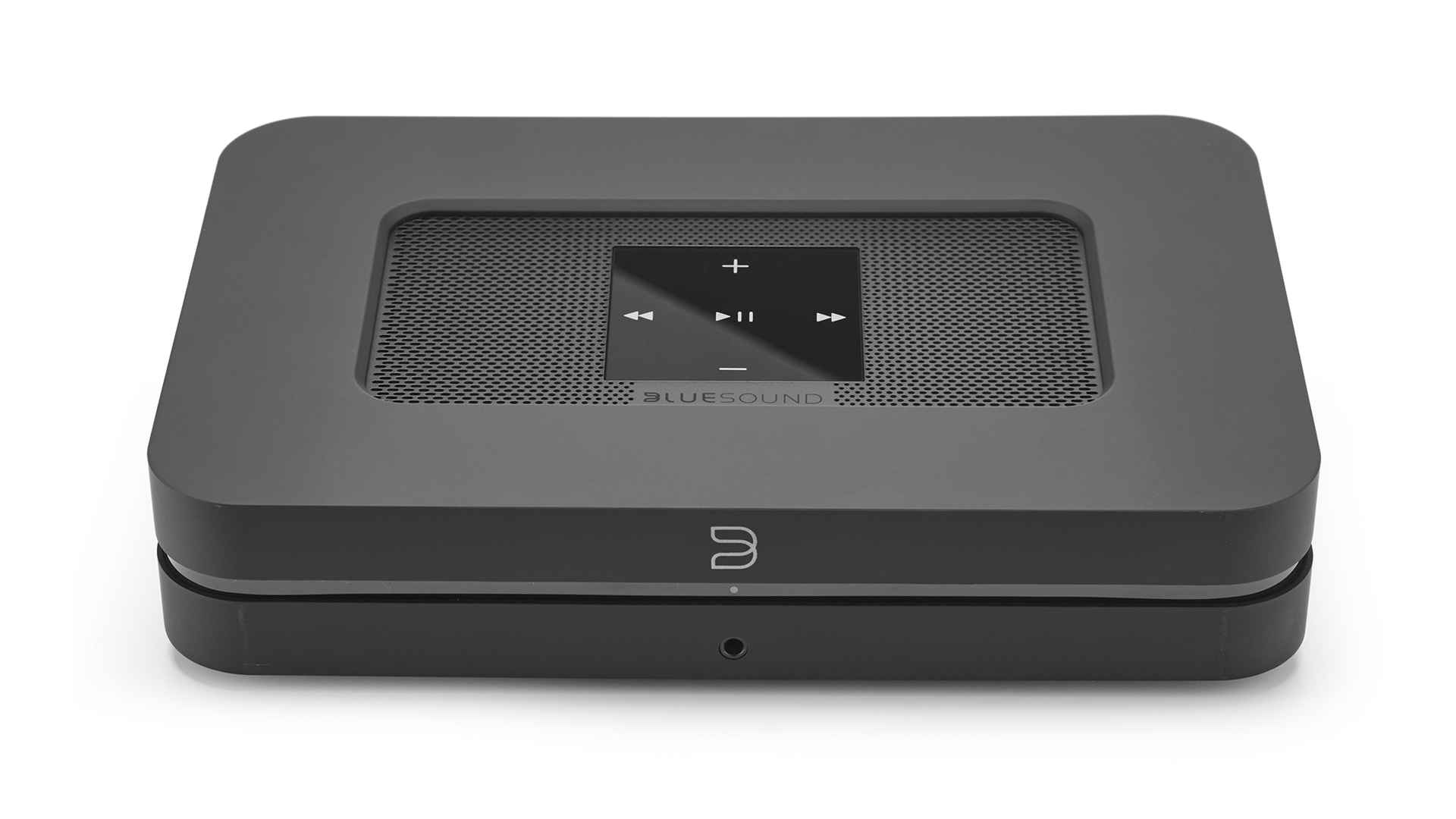


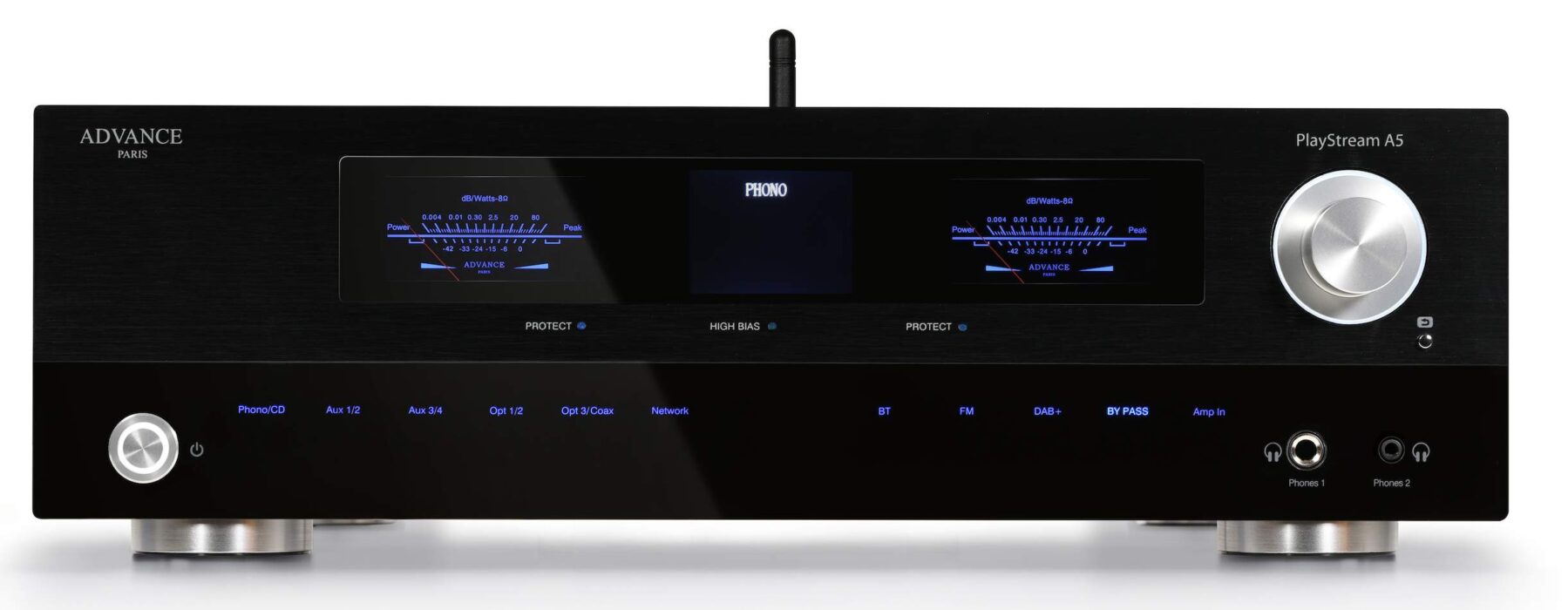
It isn’t a state of the art application in a Node, but Bluesound OS is the backbone of the NAD signature products, as well, and there it has one issue that I never see addressed in reviews of Bluesound devices: no native DSD playback. It is DoP or go home. That may not matter to many, but, for those with expanding DSD collections, it is a downside. (Using DoP isn’t the end of the world, but it definitely is a compromise because of the bandwidth reduction.)
You know what? I often test DSD files in digital kit but, for some reason, didn’t here. No idea why. Apologies but thanks for bringing it to my/our attention.
There is a discussion about it here: https://support1.bluesound.com/hc/en-us/community/posts/1500000520082-Native-DSD-support
Try it and see what happens. DSD-to-DoP is the last information that I have.
Why would Wifi and ethernet produce such vast differences in sound? If you have a good wifi speed/connection, isn’t it the same information being passed through? My HBO streamed (wifi) looks the same as my cable connected HBO – as an example. Thanks.
Where to start? A host of possible reasons. Not everyone will agree with the following but this is what I see/hear when I use Bluetooth: there may be differences in data transmission in terms of reliability of the stream – even *micro* variations will affect sonics, it doesn’t have to be an obvious signal drop, timing problems with the latter will also affect sound (timing issues affect all HiFi analogue and digital but streams are hit more often) this has nothing to do with your Internet provider – I have a fast ‘to the door’ Internet connection of 500Mbps, one of the fastest speeds in the country – makes no difference), Bluetooth may use a compressed signal to maintain bandwidth during the stream and any compression degrades sound quality (I can hear the difference between a compressed FLAC and an uncompressed WAV, for example), Bluetooth sets up extra hardware hurdles for a sound signal to cross and leap over. The more tech you include to produce the final music, the less pure that transfer from source to ear and the greater the parasitic high-frequency noise heard on the sound signal (using a noisy phone as a sound source? using a noisy laptop or desktop?), the worse the final sound quality. Bluetooth uses tech that is electronically noisy. In my listening room, if I switch on my WiFi Extender, I can hear it on my speakers when music is not playing. This is a form of sound pollution that affects your entire HiFi, not just Bluetooth. So your wifi actually hits your HiFi as a whole, adding sonic pollution to the core sound signal. And on and on. I could go on about the delivery system too, etc, etc.
You can help Bluetooth by using a relatively quiet, specialist sound source. For example, a dedicated Bluetooth-only laptop with most of the OS stripped, no apps except a Bluetooth provider, etc. You can also use a separate Bluetooth DAC (get that Bluetooth module out of an amplifier chassis to lower the noise floor, for example) such as Zen Blue from iFi (https://theaudiophileman.com/zen-blue-bluetooth-dac-review-ifi/).
I’m not damning Bluetooth (this reply reads like that, I know). Bluetooth is excellent, will (and is) improving all the time (better codecs are appearing all of the time and they help), has lots of time to be ‘amazing’ and I’m sure will be. It sounds fine for now. I use it myself. I like it and the freeing nature of the tech but it has a way to go yet to beat wired connections in terms of network play for example and even further when compared to optical or USB.
Oh and check out this feature I wrote a while back, which is still relevant: https://theaudiophileman.com/wi-fi/
What has bluetooth to do with either Ethernet or Wifi.
Exactly. You don’t have to stream via Bluetooth, and b/c of the inherent limitations of it, I wouldn’t bother. In my setup I use Tidal Connect to stream; there is NO Bluetooth involved whatsoever. Do you know what you’re reviewing?
Hi Paul,
Sometime ago you posted a review of the Audiolab 6000CDT transport and gave it a high rating. Based on your good review I bought it.
When will you review the Project RS2 CD Transport? I would like to read of a comparison between the 6000 CDT and the Project RS2 CD transport. Would the latter be worth the high price? Any chance of a review soon?
I’ve no plans Graham, but I’ll certainly make a note now and look into it for the future.
I like the NODE but the remote was a disappointment. I returned mine.
My Node N130 was the final piece of the puzzle.
Feeds a Myryad Z20 DAC via USB directly or from the TV via eARC HDMI. Personally I’d ditch the TV, but the GF likes it lol.
Downstream is a Myryad MXI80, KEF iQ5s, Lehmann Black Cube Linear and original Kennerton Valis.
Hello and Good Day,
I had the same question as one already answered about how Ethernet or WiFi as the data transport layer would change the sound. It is still the same data stream being decoded. Unfortunately you answered with a discussion of Bluetooth (which I agree with). So back to the original question, why might WiFi or Ethernet have different Bass?
Because the answer is very similar and I did talk about WiFi in that answer.
Implementation. How a signal is processed and why is more important than basic tech and stats. Wifi is very noisy. One example of that? Routers are very noisy. Routers are not made with audio in mind. They are there to do a basic job – cheaply. More expensive routers offer more complex networking features but they – again – do not address noise in audio terms because for their core market (which is non HiFi), they don’t have to (see more on the noise thing via the link at the bottom of this message).
I’m a great believer in using the right tools for any given job. A router supplied to you by – say – Sky or BT is filled with cheap as chips parts, built to a price. All noisy. They are not built for use with HiFi where delicately amplified signals roam freely.
Your cables will also act like aerials, bringing in some of that airborne signal and adding that to the overall HiFi sound as parasitic noise. Interconnects are prone to this. Quality cabling can help to an extent but only so much. Airborne signals also enter into HiFi components like amplifiers, DACs, CD players, etc causing similar issues to circulate around the HiFi chain.
In theory, a Wifi signal is pure and uncompressed so it should sound wonderful. It sounds *fine*. It’s not bad. It’s good. It just ain’t great. Wired sounds better.
Sure, if you look at the basic Wifi stats, you’d think that it should sound amazing.
It’s a bit like buying a ¬£200 all-in-one mini HiFi stereo system that also shouts great stats like support for 32bit/768KHz and thinking, “Wow!” Such hires file support for next to nothing! Bargain! Then going home and finding that your carefully put together separates audiophile system costing ¬£2k walks all over it while playing 16bit/44.1Khz. Don’t be fooled by numbers and stats and measurements. Don’t be fooled by the ‘digital signal is perfect’, tired routine either. I lived though that propaganda when CD was launched.
We as kids were also fooled by HiFi magazines and their Ads placed by top Japanese HiFi manufactures declaring perfect measurements. Then we bought them, got them home and they all sounded bland and boring.
Creating a great HiFi system is like putting together a great football team. The skilled, talented individuals are only part of the answer. Putting together a cohesive, top performing outfit is another job entirely.
See more here: https://theaudiophileman.com/wi-fi/
I own bought a Bluesound Node to pair with an external DAC I already owned. If I did not already own and external DAC I would have bought one. If you have actually heard a good DAC then you would know that it is not that the internal DAC in the Bluesound Node is not good enough, it is actually bad. This is a verry sad statement, but the $150 Topping E30II would make a verry good external DAC for the $600 Buesound Node.
Hi Andrew – in my eyes, what you’ve done there is take part in a sensible upgrade path. A path I recommend. That is, if streaming is important to you, I recommend grabbing a Node of whatever flavour and age you can find, use that as an external streamer (which in itself is an upgrade to internally mounted amplifier streamers) then, when funds allow, upgrade the internal Node DAC by fitting an external model. As I’ve said on numerous occasions, HiFi is anti-social. It works best separated into separate boxes. Next? I wish Bluesound would release an upgradable external power supply for the Node. That would be my next recommended Node upgrade.
And actually? You can do that very thing here: https://teddypardo.com/product/bluesound-node2i-upgrade-kit/
I should write a news piece on this thing so you have an exclusive 🙂
How is the dac inside the bluesound node bad ? I would love to do a blind test with you, just to see if you can tell the difference.
I realy doubt there can be a difference in sound between wi-fi and LAN connection unless your wi-fi signal is poor otherwise there cannot be any difference.
Hi Paul, great review, many thanks! With kids starting to grow up, I’m looking at slowly upgrading my HiFi set up and am a very late newcomer to the streaming party! In your review you say that for those with a 2i already you’d recommend pushing to double the Node 3 cost for more significant improvement. Do you have any particular recommendations at this price point, and is the increase primarily for an improved DAC rather than improved streamer? My intention is to next upgrade to a separate DAC, so maybe the Node 3 would be a good place to start and then upgrade the DAC, or can you also get a significantly improved streamer at this price point?
Hi Mark Рthank you and I think I was referring to an external DAC to further enhance the 2i. That is, allow the 2i to focus solely on the streaming side and buy a seperate DAC to enhance that side. Something from Schiit or iFi (under £1k) would be a idea.